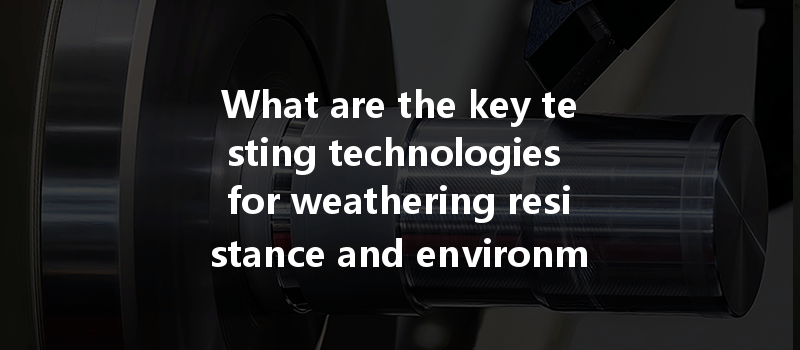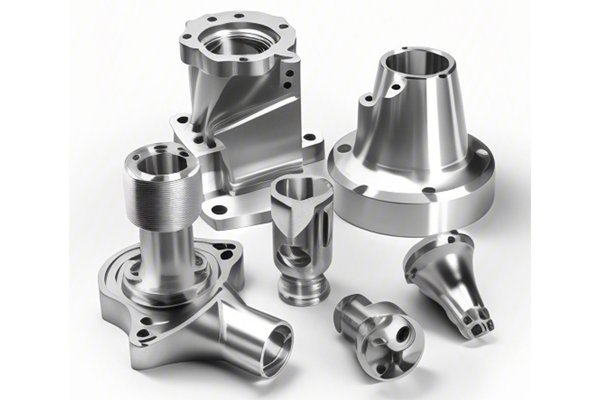Opening
Have you ever wondered why some parts, despite being exposed to harsh environmental conditions, remain functional and intact? Statistics from the American Society for Testing and Materials (ASTM) indicate that nearly 25% of product failures are related to weathering and environmental factors. As industries rely heavily on CNC machining for precision parts, understanding and implementing effective testing technologies for weathering resistance and environmental adaptability has become crucial. In this blog, we will explore the key technologies employed to evaluate these parameters, ensuring that machined parts meet the performance standards required for their specific applications.
—
Understanding Weathering Resistance and Environmental Adaptability
To fully grasp the significance of testing technologies used for weathering resistance and environmental adaptability, we must first understand what these terms mean. Weathering refers to the degradation of materials due to exposure to environmental elements such as UV radiation, moisture, salt spray, and temperature fluctuations. Environmental adaptability refers to how well a material can withstand varied environmental conditions over a prolonged period.
In the context of CNC machined parts, the resilience of materials subjected to adverse weather conditions determines their longevity, performance, and safety. Thus, manufacturers require advanced testing technologies to identify vulnerabilities and assess the durability of the parts they produce.
Key Testing Technologies
Ultraviolet (UV) radiation can drastically affect the color, mechanical properties, and structural integrity of certain materials. Commonly utilized in industries such as automotive and aerospace, UV resistance testing ensures that materials can withstand long-term exposure without undergoing significant degradation.
For applications exposed to marine environments or where salt is present, testing for salt spray resistance becomes essential. Salt spray can corrode metals and cause degradation in other materials.
Temperature fluctuations can lead to material fatigue and deformation. Thermal cycling testing evaluates how materials respond to changing temperatures and the potential for expansion and contraction.

Moisture can permeate materials and lead to mechanical property changes. Moisture absorption testing helps determine the level of durability of a material in humid conditions.
Beyond environmental factors, mechanical properties such as tensile strength, impact resistance, and fatigue limits also determine the durability of CNC machined parts.
Detailed Solutions for Effective Testing Implementation
To ensure that the aforementioned testing technologies deliver reliable results, manufacturers must implement several best practices.
Understanding and implementing testing technologies for weathering resistance and environmental adaptability is critical for the development and production of reliable CNC machined parts. Technologies such as UV resistance testing, salt spray assessments, thermal cycling, moisture absorption testing, and mechanical property evaluations collectively contribute to ensuring the durability and reliability of components under various environmental conditions.
As industries increasingly demand high-performance parts, manufacturers must prioritize these testing methodologies to guarantee quality and enhance their competitive edge. In an era where failure is not an option, understanding how to shield CNC machined parts from environmental stressors will continue to be a vital area of focus for engineers and manufacturers alike.
This blog emphasizes the importance of developing a proactive approach towards the longevity and functionality of CNC machined parts. By integrating and optimizing testing technologies, companies can not only protect their products but also ensure customer satisfaction and safety, thus underscoring why this topic is worth every bit of consideration.






